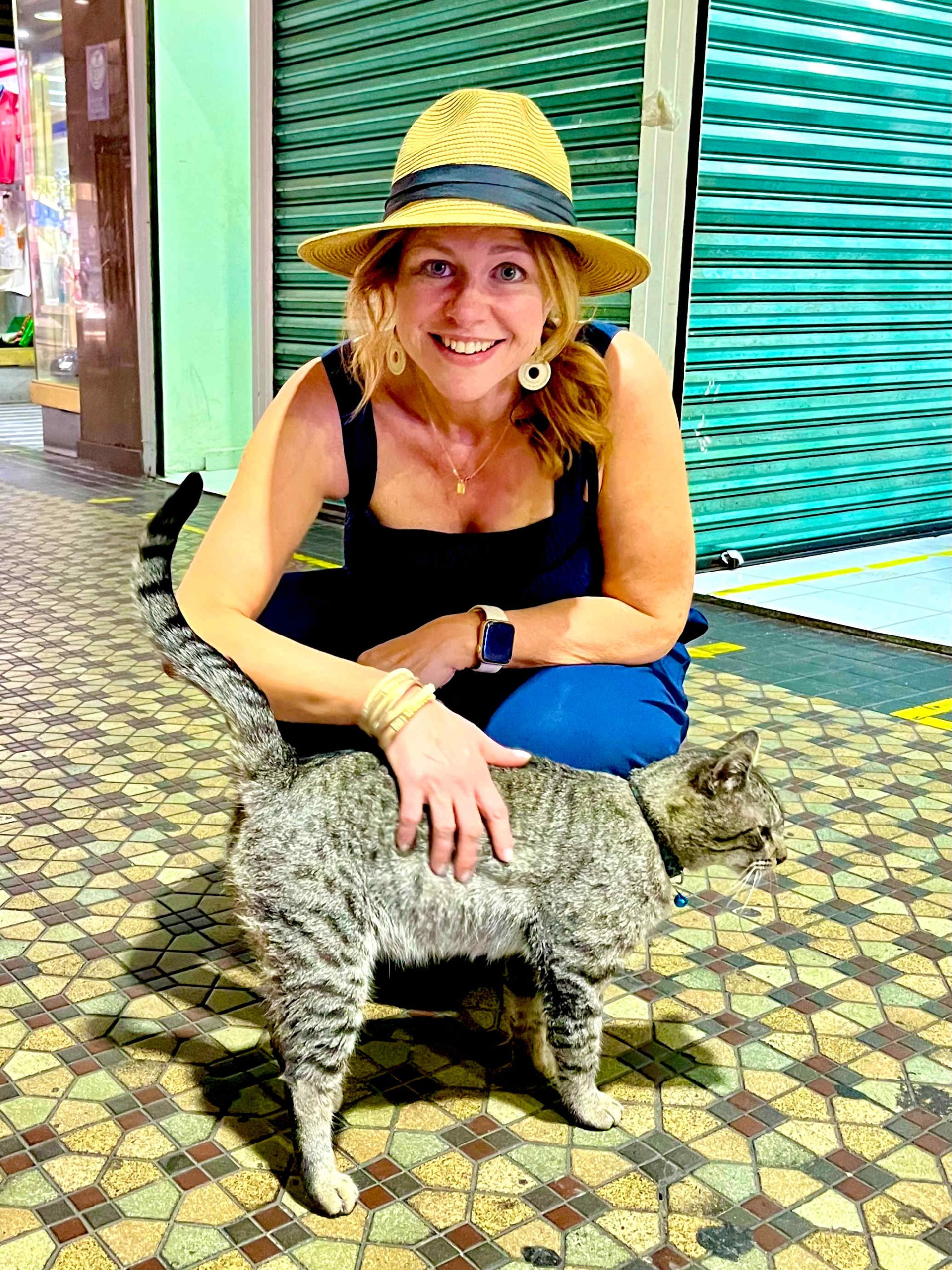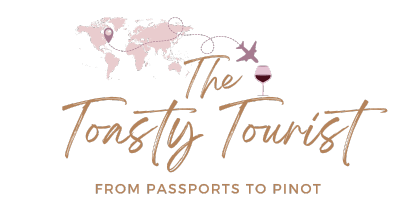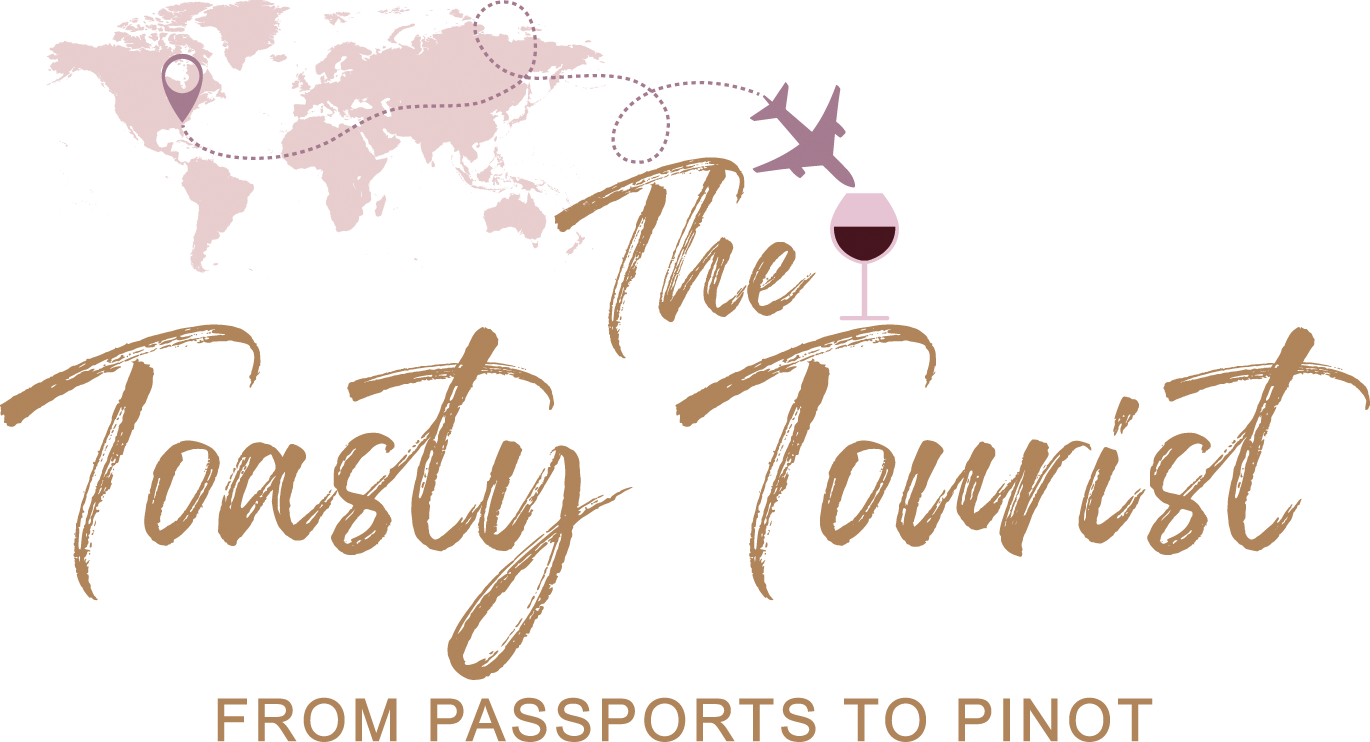Get to Know Mexico City: 5 Must-Do Activities

If you are in the US, you have probably heard various opinions on Mexico City. Some may be based on decades-old news stories, or on more recent fear-mongering. For those who travel a lot and are always looking for a new place to spend some vacation time, Mexico City (or “CDMX” – Ciudad de Mexico) is not as much a “hidden” gem. However, casual travelers often do not realize what a wonderful choice it is for a trip full of culture, friendly people, and great food/drink. All this is just a short plane ride away from many US cities! Of course, before leaving the country, it is ALWAYS a good idea to check your country’s travel advisories and do at least a little research about safety at your destination – situations can change quickly.




Centro Historico Food Tour
You can’t talk about a trip to Mexico City without talking about the FOOD! I felt we needed a little guidance to lead us to the best street food (and help us avoid Montezuma’s Revenge as long as we could). So, for our first full day in the city, we chose a tour that combines history and street food, like this one. Mexico takes the tour guide profession very seriously – prospective guides are required to pass a test demonstrating their knowledge of history and the area.
Zocalo Square





Since we chose a private tour, we were able to set our own start time for 11am, allowing us to begin the day with a rooftop brunch at Balcon del Zocalo over Zocalo Square – the center of the Centro Historico district. Centro Historico is what it sounds like, the historical city center of Mexico City. The restaurant occupied a a beautiful space, and the food was delicious, especially the pastries and fresh juices. After meeting up with our wonderful guide, she took us to the Centro Cultural de Espana for an introduction to the prehispanic history of Mexico City. We then continued the path around Zocalo Square to the major archeological site Templo Mayor de México-Tenochtitlan. It was known as the center of the mighty Aztec empire, and is where the famous Aztec Sun Stone was rediscovered in the 1700s (now located in the Anthropology Museum)


After the Templo Mayor, we walked across the square to the Mexico City Metropolitan Cathedral. We learned that Mexico City was originally built on the basin that formerly housed Lake Texcoco, and as a result, the city is sinking (up to 20 inches a year!). Many buildings have been retrofitted with hydraulic systems underneath them to counteract the sinking. It’s a bit disorienting to walk on the tilted floor within the Metropolitan Cathedral – you can visually see the effects (uneven walls/ceiling).
Gran Hotel de Ciudad Mexico


From there, we made our way to the Gran Hotel Ciudad de Mexico. This Art Deco hotel has a stunning stained glass ceiling and a storied history. In the past, it has been both an important market and a residence for various government employees. If you enjoy staying in historic buildings, check out the Gran Hotel – it’s surprisingly affordable!
House of Tiles



The building known as the House of Tiles (most of the exterior is covered in blue and white tiles) was formerly a Baroque palace built by the Count of the Valle de Orizaba family. This can be a quick walk through for a beautiful example of Baroque architecture, or you can stop for a meal, as it is now a (touristy) restaurant. I loved walking through and admiring the details!
Palacio de Bellas Artes



The Palacio de Bellas Artes (Palace of Fine Arts) houses some of the most famous murals in Mexico City. It also hosts performing arts (such Mexican ballet, very different from what we think of as ballet) and literature events – it is an important cultural center. If you don’t want to pay for entrance (about $4.50 USD), you can get a good look at the beautiful iridescent dome from the Sears Building (really!) across the street. You just walk in and take the elevator to the cafe on the 9th floor. To avoid the large crowds, I would recommend going on a weekday or early in the morning! The palace is next to Alameda Central, Mexico City’s oldest public park. On weekends, there are many goods for sale as well as delicious food and drink to buy!
The Food




When we had worked up an appetite from all the walking, it was time to start hitting the taco stands. Mexico City is famous for its street food, but can be intimidating to a first-time visitor. Our guide told us some things to look for when buying street food – you want to see a lot of locals outside, and you want to see a clean area in front of the stand. If you are getting tacos al pastor, look for the largest “trompo” (vertical spit) you can find, because it indicates that the stand has a lot of patrons. Tacos al pastor are an early example of fusion cuisine – it looks exactly like shawarma, and was brought to the country by Lebanese immigrants in the early 1900s!
We loved the squash blossom blue maize quesadilla we tried, as well as tacos de suadero (similar to brisket). I was not brave enough to try anything made with offal, such as tripe or la lengua (tongue!). After eating savory items from several different establishments, we went to the largest bakery I had ever seen, Pasteleria Ideal. People were walking around with gigantic trays choosing pastries to take home or to their restaurants for the evening – the choices were endless!
Chapultapec Castle




Who knew Mexico City was home to a European-style castle that once housed a member of the Austrian Habsburg empire? I had never heard of Chapultapec Castle before planning our trip, and it ended up being one of my favorite things we did! First of all, it’s located in scenic Chapultapec Park. If you go on the weekend, it is hopping with food and souvenir stands! It’s massive with tons of green space, and is also home to the Museum of Anthropology. Be prepared for a walk uphill to the castle, and if you bring water (you should always have drinking water with you in Mexico City – it’s dry and high altitude puts you at risk for dehydration), drink it by the time you reach the top or security will have you throw it away.





The cost is approx $5 USD to gain entrance to the castle. The checkerboard floors on the top level and the balcony make for some great photo spots, and the stained glass is stunning! The castle doubles as a museum, and contains artwork, Hapsburg memorabilia, and antique furniture. The gardens are impeccable, and the views over Mexico City (remember the long uphill walk?) are gorgeous.
Xochimilco




Taking a colorful gondola ride through the floating islands of Xochimilco is a quintessential tourist experience in Mexico City. Xochimilco is the only place in CDMX where you can float in the remains of Lake Texcoco via canals that were formed around chinapas. Chinapas are islands that were made from natural resources (silt, mud, roots) in pre-Hispanic times. We walked on one and it felt as solid as regular ground until we were instructed to jump on it – then we could feel the motion!
Xochimilco a borough in CDMX approximately a 45 minute Uber ride (or more, depending on traffic) from the parts of the city most tourists stay in (Roma, Condesa, and Polanco). You can get there by public transport or Uber, or choose a tour that includes transportation. If you choose not to do a tour or take public transport, you should be comfortable bartering, and know what you are looking for. As soon as you get to the area, there are guys with lanyards (they look very official!) that start trying to direct you to their company’s area for embankment.


We chose this tour that did not include transportation because we wanted more flexibility, and we took an Uber from Coyoacan (another borough in CDMX – more on that in the museum section) to the pier. Our tour company gave very clear instructions to get us to the right area. Once on the boat, the party started! Most tours include unlimited drinks (mainly tequila/mezcal), some food, and entertainment, with a smattering of historical information. Some tours also include specific destinations within the canals, such as the Island of the Dead Dolls or the Axlotl Sanctuary!
Teotihuacan Pyramids


The Teotihuacan Pyramids are an easy day trip from Mexico City – you can even visit in a half day if you wish! It’s possible to get there by public transportation, but we chose this tour – I wanted to be sure we had a tour guide that could help the pyramids come alive for us. As we drove out of the city, we really enjoyed the guide’s explanations for what we were seeing as well, notably the ciudades perditas (“lost cities” – their term for the unofficial settlements/slums on the outskirts) and the cable car system that is used for commuting. I hope to ride the Cablebus the next time we are there!
Teotihuacan, the most visited archeological site in Mexico is where the Pyramid of the Sun and the smaller Pyramid of the Moon can be found. It’s more than just pyramids though – it is the site of the former largest city in the Americas (predating not just Columbus, but the Aztecs by several centuries!). You can walk through the excavated portion of this city, visiting former classrooms, residences, and temples.
Don’t forget your sunscreen, a hat, and water on this trip – even if the weather feels mild in the city, it is scorching at Teotihuacan. There are restaurants and shops outside of the site where you can have lunch after your tour. Some tours get there extremely early and offer a hot air balloon ride over the ruins – if you aren’t afraid of heights, that would be a memorable option!
Museums


OK, this is kind of a cheat, because I’m classifying 2 different museums under this heading: the Museum of Anthropology and Museo Frida Kahlo Some sources say Mexico City has more museums than any other city in the world, but these are undoubtedly the most popular!
Museum of Anthropology
The Museum of Anthropology is housed in Chapultapec Park. It is the most visited museum in all of Mexico, and could easily take the better part of the day! A guide is recommended for this museum unless you are Spanish-speaking – many of the placards are Spanish only. A guide can also help give context to what you are seeing. The museum is vast, and covers not only Aztec history, but also Mayan and pre-Aztec native populations. The Aztec Sun Stone is the most famous exhibit there. The museum also has elements outside of the building, like temple reconstructions. There is a Mayan underworld section as well.



Museo Frida Kahlo
This museum is located in Coyoacan, a particularly picturesque part of Mexico City. This outing pairs well Xochimilco, as it is also south of the city. It is essential to get your tickets ahead for Museo Frida Kahlo – there are timed tickets available every 15 minutes. We found that if you miss your time (even by several hours), you can go in with the next group! If you are expecting a museum chock full of nothing but artwork, this isn’t it. While it has some of her works, it is more of an intimate look at the life she shared there with her family and her famous muralist husband, Diego Rivera. It details her nearly fatal bus accident and the aftermath as a young woman, all the way to her death at age 46.
Destination: Mexico City








Here are a few more gratuitous food shots for motivation to visit Mexico City! The restaurants are named in captions with links (if you want to go to Contramar, email them directly at info@grupocontramar.com if no availability shows online). CDMX is such an interesting mix of European architecture and infrastructure in an unmistakably Latin American city. We didn’t even scratch the surface with our first trip, and are already looking forward to the next!
Related
Cookie Consent
We use cookies to improve your experience on our site. By using our site, you consent to cookies.
This website uses cookies
Websites store cookies to enhance functionality and personalise your experience. You can manage your preferences, but blocking some cookies may impact site performance and services.
Essential cookies enable basic functions and are necessary for the proper function of the website.
These cookies are needed for adding comments on this website.
Statistics cookies collect information anonymously. This information helps us understand how visitors use our website.
Google Analytics is a powerful tool that tracks and analyzes website traffic for informed marketing decisions.
Service URL: policies.google.com (opens in a new window)



